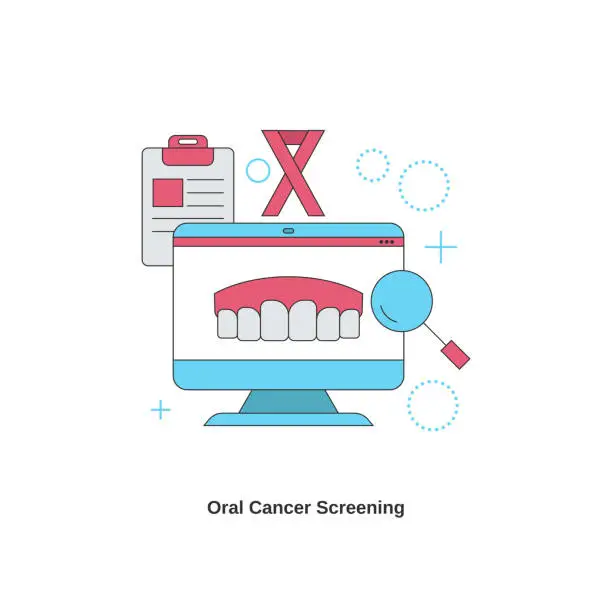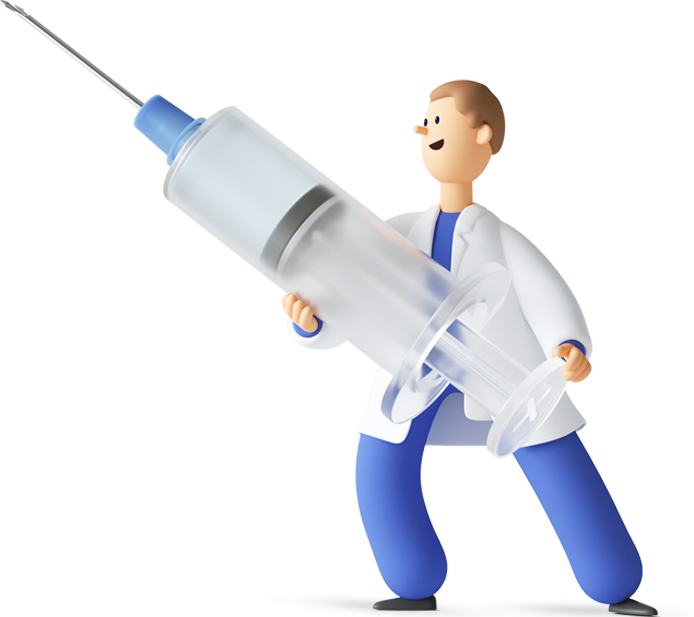
Oral cancer; is a subtype of head and neck cancer, is any cancerous tissue growth located in the oral cavity. It may arise as a primary lesion originating in any of the oral tissues, by metastasis from a distant site of origin, or by extension from a neighboring anatomic structure, such as the nasal cavity.
Alternatively, the oral cancers may originate in any of the tissues of the mouth, and may be of varied histologic types: teratoma.
- adenocarcinoma derived from a major or minor salivary gland.
- lymphoma from tonsillar or other lymphoid tissue.
- melanoma from the pigment-producing cells of the oral mucosa.
There are several types of oral cancers, but around 90% are squamous cell carcinomas, originating in the tissues that line the mouth and lips. Oral or mouth cancer most commonly involves the tongue. It may also occur on the floor of the mouth, cheek lining, gingiva (gums), lips, or palate (roof of the mouth).
Pathologists typically classify most oral cancers as squamous cell carcinoma because they look very similar under the microscope.
Signs and symptoms for Oral cancer
Skin lesion, lump, or ulcer that do not resolve in 14 days located:
- On the tongue, lip, or other mouth areas.
- Usually small.
- Most often pale colored, be dark or discolored.
- Early sign may be a white patch (leukoplakia) or a red patch (erythroplakia) on the soft tissues of the mouth.
- Usually painless initially.
- May develop a burning sensation or pain when the tumor is advanced.
- Behind the wisdom tooth.
- Even behind the ear.
Additional symptoms that may be associated with this disease:
- Tongue problems.
- Swallowing difficulty.
- Mouth sores.
- Pain and paranesthesia are late symptoms.
Tobacco and cancer
Smoking and other tobacco use are associated with about 75 percent of oral cancer cases, caused by irritation of the mucous membranes of the mouth from smoke and heat of cigarettes, cigars, and pipes. Tobacco contains over 60 known carcinogens, and the combustion of it, and by products from this process, is the primary mode of involvement. Use of chewing tobacco or snuff causes irritation from direct contact with the mucous membranes.
Tobacco use in any form by itself, and even more so in combination with heavy alcohol consumption, continues to be an important risk factor for mouth cancer. However, due to the current trends in the spread of HPV16.
Alcohol and Oral cancer
The use of alcohol and other toxic liquids is another high-risk activity associated with oral cancer. A very strong synergistic effect on oral cancer risk is known when a person is both a heavy smoker and drinker. The risk greatly increases compared to a heavy smoker or a heavy drinker alone. Alcohol-containing mouthwashes are also considered etiologic agents in the cancer risk family.








